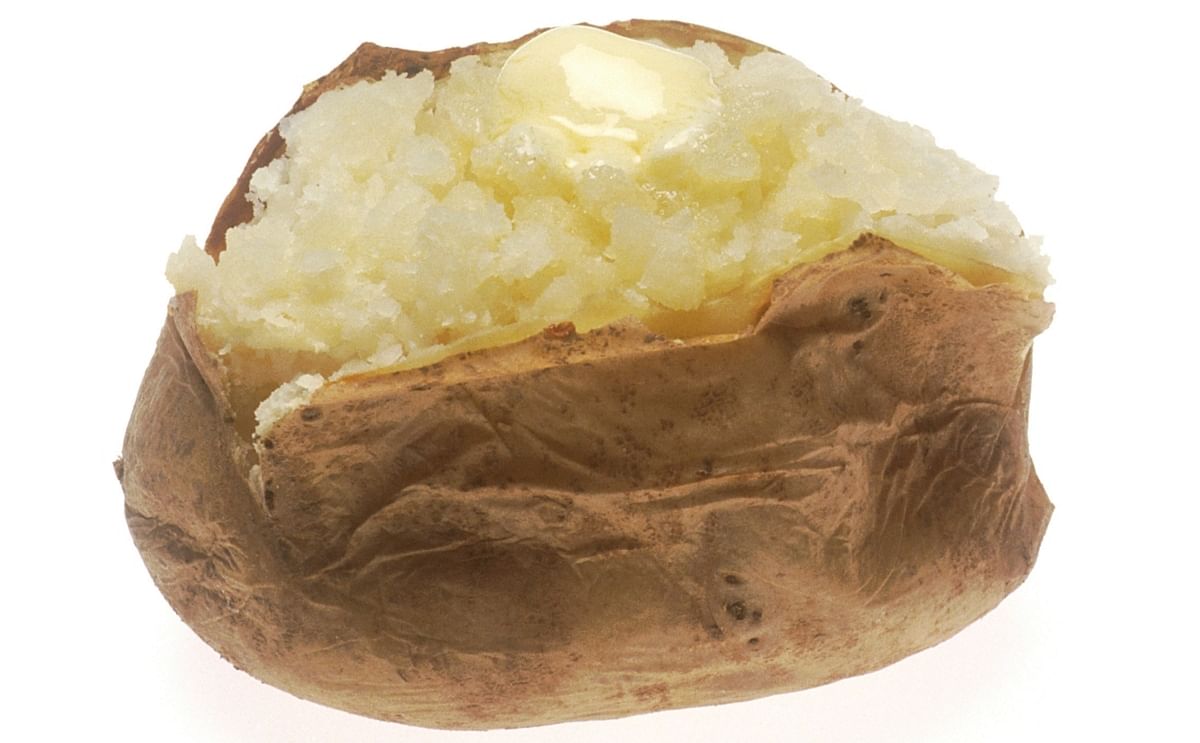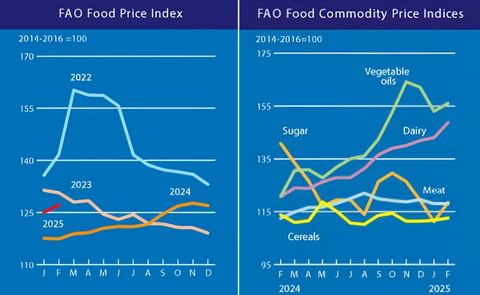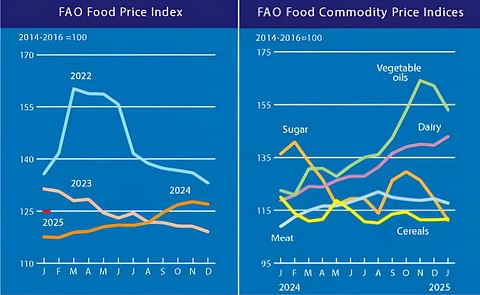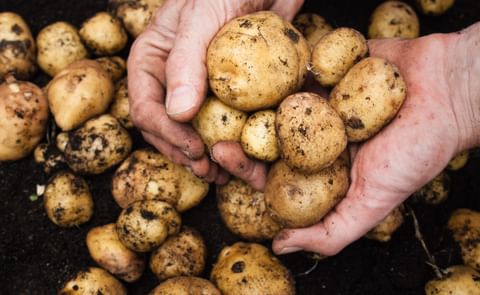A baked Potato. Potatoes are generally considered a carbohydrate-rich food.
Salty, Sweet, Sour, Bitter, Umami, and... Starchy?

Scientists have found evidence that humans can pick up a sixth taste associated with carbohydrate-rich foods.
Not only could the discovery see a new flavour added to the list of tastes, which currently includes salty, sweet, sour, bitter, and umami, but the findings might also explain why we love such starchy foods so much.
"I believe that’s why people prefer complex carbs," lead researcher Juyun Lim from Oregon State University told Jessica Hamzelou from New Scientist.
Juyun Lim:
"Sugar tastes great in the short term, but if you’re offered chocolate and bread, you might eat a small amount of the chocolate, but you’d choose the bread in larger amounts, or as a daily staple."
Lim and her colleagues gathered 22 subjects, and had them taste a bunch of different solutions made up of different levels of carbohydrates. The subjects were asked to rate how each tasted.
Juyun Lim:
"They called the taste 'starchy'. Asians would say it was 'rice-like', while Caucasians described it as 'bread-like' or 'pasta-like'. It’s like eating flour."
Next the subjects were given a special compound that specifically blocked the receptors on their tongues that picked up sweet tastes, and then a compound that blocked the enzyme that breaks down long-chain carbohydrates.
This step was crucial, because until now, the consensus was that humans couldn’t detect the taste of carbs. The notion was that because carbs break down so rapidly, only a sweet taste was left over from the sugar molecules that make them up.
So when we taste carbs, previous research suggested we only taste sweet.
Read the Scientific publication
Trina J. Lapis, Michael H. Penner and Juyun Lim, Humans Can Taste Glucose Oligomers Independent of the hT1R2/hT1R3 Sweet Taste Receptor, Chemical Senses (2016)
Doi: 10.1093/chemse/bjw088
After the blockers were administered, the subjects were still able to taste and describe the starchy flavour, leading Lim to conclude that humans are specifically able to taste carbohydrates.
Juyun Lim:
"Every culture has a major source of complex carbohydrate. The idea that we can’t taste what we’re eating doesn’t make sense."
The results also suggest that the newly found taste might be the reason why humans love to eat carb-rich foods like bread and rice, which have a long history as part of human culture.
Now, with a solid hypothesis to build on, the team hopes to identify the specific receptors on the tongue that are responsible for picking up the sixth taste.
More New Tastes coming up?
'Starchy' isn’t the only new taste that scientists are investigating.
Back in 2015, researchers in the US found evidence that fat might be its own taste, saying that on its own, fat is a rather dull taste, but it works to amplify other flavours in the same way that bitterness does.
Another team is looking into the possibility that tastes like calcium, blood, and amino acids might be separate as well.
Regardless of whether or not these new 'tastes' make it in to the official list, it's clear that we still know very little about our own mouths and senses.
Hopefully, we'll one day fully understand one of the most fundamental aspects of our daily lives: eating.











